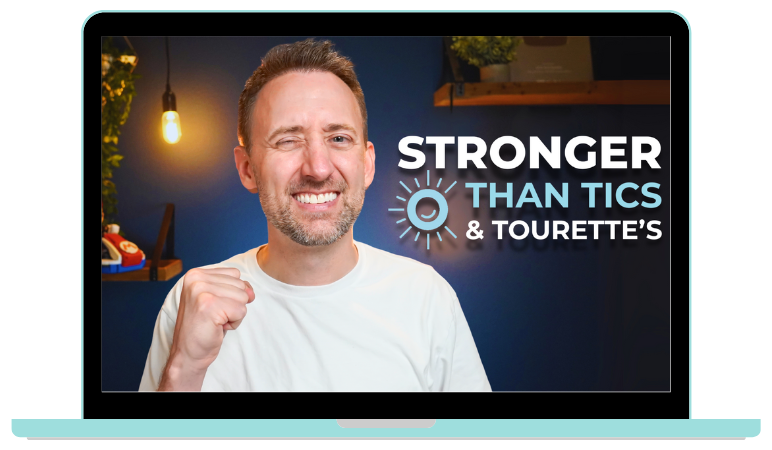Sensorimotor OCD: When the Mind Gets Stuck on Overdrive
Apr 07, 2024
Introduction
Obsessive-Compulsive Disorder (OCD) is more than just a penchant for cleanliness or orderliness. It’s a mental health condition that affects millions worldwide, manifesting in various forms. One lesser-known subtype is Sensorimotor OCD, where individuals experience intrusive, repetitive thoughts and behaviors related to bodily sensations and movements. Let’s delve into what Sensorimotor OCD entails and how it can be managed.
What is Sensorimotor OCD?
Sensorimotor OCD, also known as Somatic OCD, is a subtype of OCD characterized by obsessive thoughts and compulsive behaviors centered around bodily sensations and movements. Unlike traditional OCD, which often revolves around cleanliness or symmetry, Sensorimotor OCD involves intense preoccupation with bodily functions, such as breathing, swallowing, blinking, or even muscle contractions.
The Cycle of Obsession and Compulsion
Individuals with Sensorimotor OCD may constantly monitor their bodily sensations, seeking reassurance or relief from perceived abnormalities or discomfort. For example, someone may repeatedly check if they’ve swallowed properly, fearing they might choke, or continuously adjust their posture to alleviate imagined muscle tension. These compulsions offer temporary relief but perpetuate the cycle of obsession and anxiety, reinforcing the belief that something is inherently wrong with their bodies.
Impact on Daily Life
Living with Sensorimotor OCD can be incredibly distressing and disruptive. Constantly being consumed by intrusive thoughts and engaging in compulsive behaviors can interfere with work, relationships, and overall quality of life. Moreover, individuals may feel ashamed or embarrassed by their symptoms, leading to social withdrawal and isolation.
Treatment: Exposure and Response Prevention (ERP)
While there is no one-size-fits-all approach to treating Sensorimotor OCD, therapy, particularly Exposure and Response Prevention (ERP), has shown promising results. ERP aims to break the cycle of obsession and compulsion by gradually exposing individuals to their feared sensations or movements while refraining from engaging in compulsive behaviors.
Exposure
Exposure involves deliberately confronting the triggering stimuli or situations that provoke obsessive thoughts or bodily sensations. For someone with Sensorimotor OCD, this might entail purposely focusing on their breathing patterns or deliberately inducing sensations like muscle tension or swallowing difficulties. By facing these fears head-on, individuals learn that they can tolerate discomfort without resorting to compulsive behaviors.
Response Prevention
In tandem with exposure, Response Prevention involves refraining from engaging in compulsions or rituals that provide temporary relief. Instead of giving in to the urge to check, adjust, or seek reassurance, individuals learn to sit with their discomfort and tolerate uncertainty. Over time, this helps weaken the association between obsessive thoughts and compulsive actions, empowering individuals to regain control over their lives.
Challenges and Progress
Embarking on ERP therapy can be challenging, as it requires confronting deeply ingrained fears and breaking longstanding habits. However, with the guidance of a trained therapist and perseverance, individuals gradually learn to reframe their relationship with their bodies and reduce the grip of OCD on their lives. Each small victory represents progress towards reclaiming autonomy and finding relief from the relentless cycle of obsession and compulsion.
Conclusion
Sensorimotor OCD may not be as widely recognized as other forms of OCD, but its impact on individuals’ lives can be profound. By understanding the nature of this subtype and embracing evidence-based treatments like Exposure and Response Prevention, individuals can embark on a journey towards recovery and rediscover a sense of peace and control. With patience, support, and perseverance, it is possible to break free from the shackles of OCD and embrace a life defined by resilience and empowerment.
















